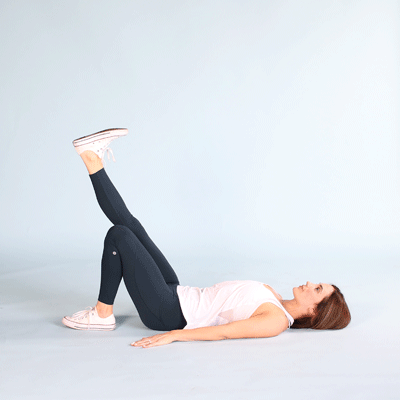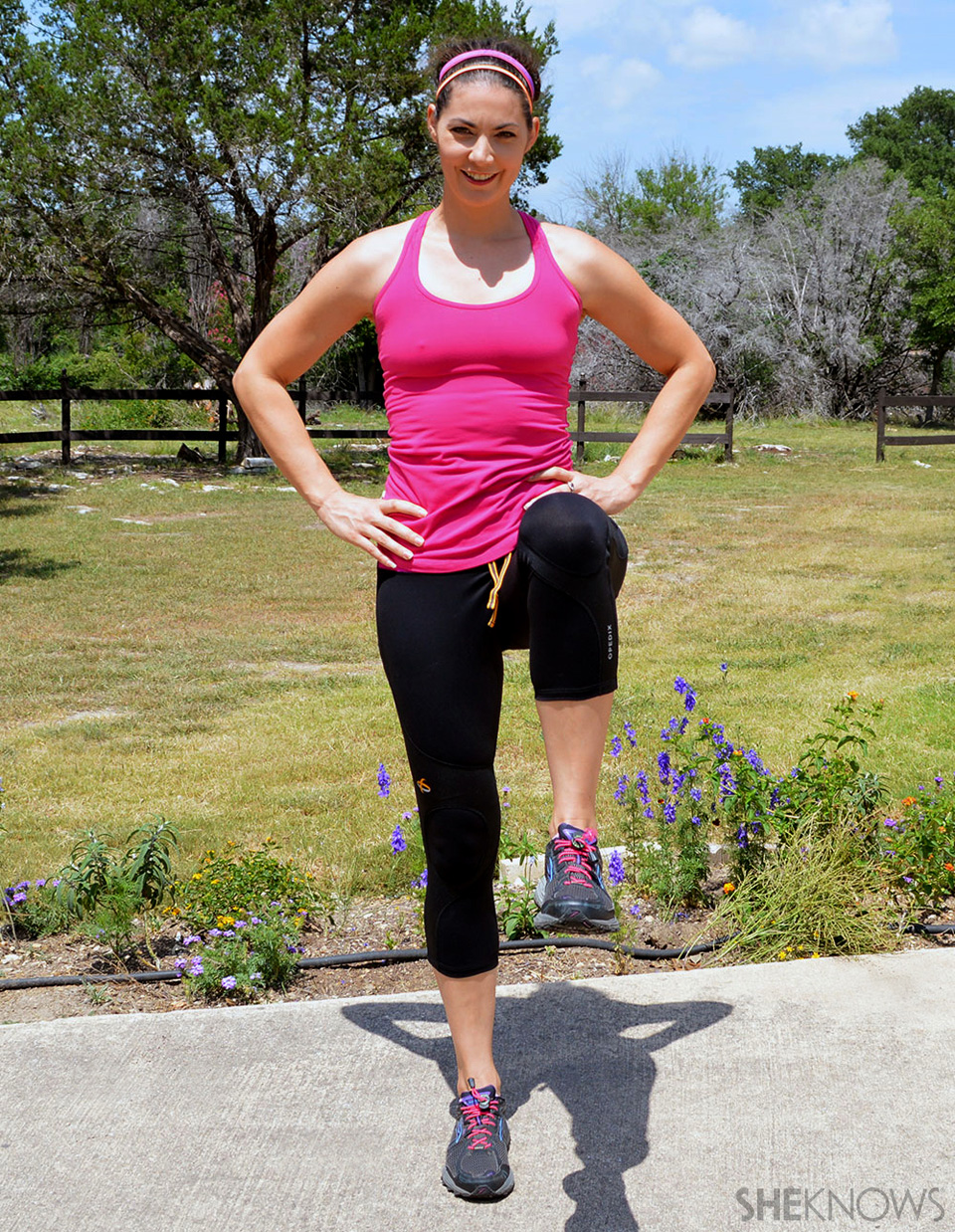
Your hip joint has a cartilage that lines it for cushioning and to prevent too much stress to the bone during movement. Having a strong sense of how your body is moving will help you engage the right muscles when you need them so that you have the support you need to avoid an injury.

Doing a dynamic warm-up that properly gets you moving, including dynamic stretches and drills.Moreover, if it wasn’t from trauma, it’s due to bad positioning.

This is because more often than not, a pulled groin is due to weak hip muscles and weak core muscles. However, once you pull your groin, chances are you’ll do it again. Many times, a simple strain can be fixed by taking a little time off from the activity that gives you pain. If you have pain in the front of the hip and down the inner thigh, even right at the groin, chances are you pulled or strained it. Yes, that’s right, even walking can cause a pulled groin if your adductors are not strong enough or your torque it just right. Although groin pulls are more common in high impact sports and sports that require a lot of leg lifting – think figure skating or ballet – you can pull your groin just by walking. Even reading it can make you twinge with imaginative pain. Some hip pain is caused by less dramatic injuries, which makes it harder to spot early on and catch before that hip pain becomes a full-blown injury. There are many causes of hip pain for athletes, and it doesn’t just come from a traumatic injury. And, make no mistake about it, but hip pain can affect any athlete, not just the ones that play impact sports. Hip pain can be a real killer and prevent you from moving efficiently. And, as much as you use your hips in everyday movements, you can feel that pain even when you’re not playing your sport. The way hips are used, especially for athletes, pain tends to be quite common. Without your hips, you wouldn’t even be able to sit down. They allow you to move your legs forward to backward and side to side. They help stabilize your lower body, enabling you to twist and turn in sometimes unnatural ways. This is no more true than with hip pain.Īlong with the feet, the hips are probably the most used and abused part of the body. Nor does it mean you shouldn’t do anything about it. Indeed, sports can lead to much pain and many injuries yet, that doesn’t necessarily make it normal. It seems like a normal part of playing sports. From normal muscle usage soreness to outright acute injuries, you almost expect pain as an athlete.

You put your body through the wringer each and every day at practice and at training.

If you’re an athlete, then you’re probably no stranger to pain. For an athlete, hip pain can be the result of many causes or conditions, from muscle strain to chronic conditions. From direct impacts to overuse to twisting, hip pain is no stranger to the athlete. Its sister muscle is the psoas minor, although this is only present in 60–65% of people.In most sports, the hips take their fair share of a beating. This muscle assists with the external rotation of the hip. It passes through the pelvis and extends to the thighbone, or femur. The psoas major is in the lower lumbar region. These muscles are separate in the abdomen, but they join together in the thigh. Two individual muscles called the psoas major and the iliacus form the iliopsoas muscle. The gluteus maximus, which is a large muscle in the buttocks, is the most powerful external rotator muscle of the hip. The gluteal muscles comprise the gluteus maximus, gluteus medius, gluteus minimus, and tensor fasciae latae. Some of the most important hip muscles include: Each of these muscles plays a role in the movement or stability of the hip. There are 21 different muscles that cross the hip joint. Share on Pinterest Regular exercise can keep the hip external rotators strong and flexible.


 0 kommentar(er)
0 kommentar(er)
